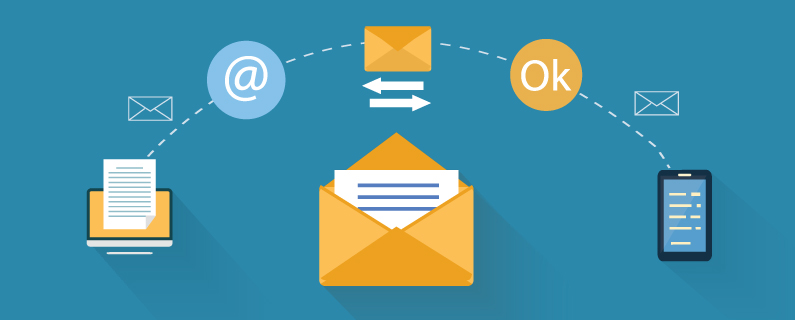
William Shakespeare’s character Romeo once asked, “What’s in a name? That which we call a rose by any other name would smell as sweet.” But does that hold true for email? Are they all the same? I don’t think so.
Marketing agencies go on and on about the importance of email marketing for your business, but often fail to mention what exactly you should include in those emails. So what type of content should you incorporate into your weekly, monthly or quarterly newsletters? Have no fear, I’m here to provide some email newsletter content inspiration.
Educate Readers with Blog Posts
All companies, regardless of the industry they are in, should include links to blog posts. Why? First, you want to lead the readers back to your website. Don’t give away the entire blog post in your email. It will be too long and no one will read it. Give your subscribers just a brief summary of what the blog post is about and include a button with a call to action to get them to click through to your website. Blog posts are the backbone for most email marketing campaigns. It’s the easiest way to come up with content for an email if you’re running low on inspiration. If you have a post that has received a significant amount of views or engagement on social media, include it in your email newsletter. That way your content is still reaching those who don’t follow you on social media or check your website daily.
Promotions Get Clicks
Want people to click through your emails? Feature promotions, coupons or discounts in your newsletter. People love a sale and when you advertise a percentage off of a product or service, people will click. But be careful. Feature sales and promotions sparingly. If you bombard your customers with too many coupons you will actually end up training them to never buy your product at full price. Read more about how to avoid the discount trap here.
Don’t Forget About Social Media
Most email newsletter templates will allow you to add social media icons in the footer of your email. This will allow subscribers who are interested in following you on social media the opportunity to connect with you directly instead of having to search the various platforms. Again, be careful. If you have a Twitter account or a Facebook page and you are not actively posting on it, don’t include a link to your account in your email. This will only frustrate your subscribers. Make sure you are active on the social media platforms you are promoting before you link to them in your newsletter. Not sure if you’re on the right social media platform for your business? Take our quiz.
Ask for Reviews
Your email newsletter is the perfect opportunity to ask your customers to review your services on Angie’s List, Yelp or Google+, whichever review site you prefer. Remember, you cannot bribe your customers to write reviews, but simply asking customers to share their experience with your company is just fine. If someone writes a really nice review of your company make sure to thank them for taking the time to publish such nice things about your business. If someone writes a scathing review of your company, don’t engage. Apologize and ask for their contact information so you can handle the issue offline. If you don’t feel comfortable asking for reviews in your monthly newsletter, send a separate email to recent customers that strictly asks for reviews and nothing else.
Still not feeling like Shakespeare That’s ok. Newsletters don’t have to be worthy of a Pulitzer Prize. Keep them short and informative and you’ll be good to go.
If you’re still struggling with your email marketing, download our Email Success in 6 Easy Steps guide.
Ready to start your email marketing program? Sign up now and save 30% on your first three months with Constant contact. Use code ALEJUN30 when you are ready to check out.
